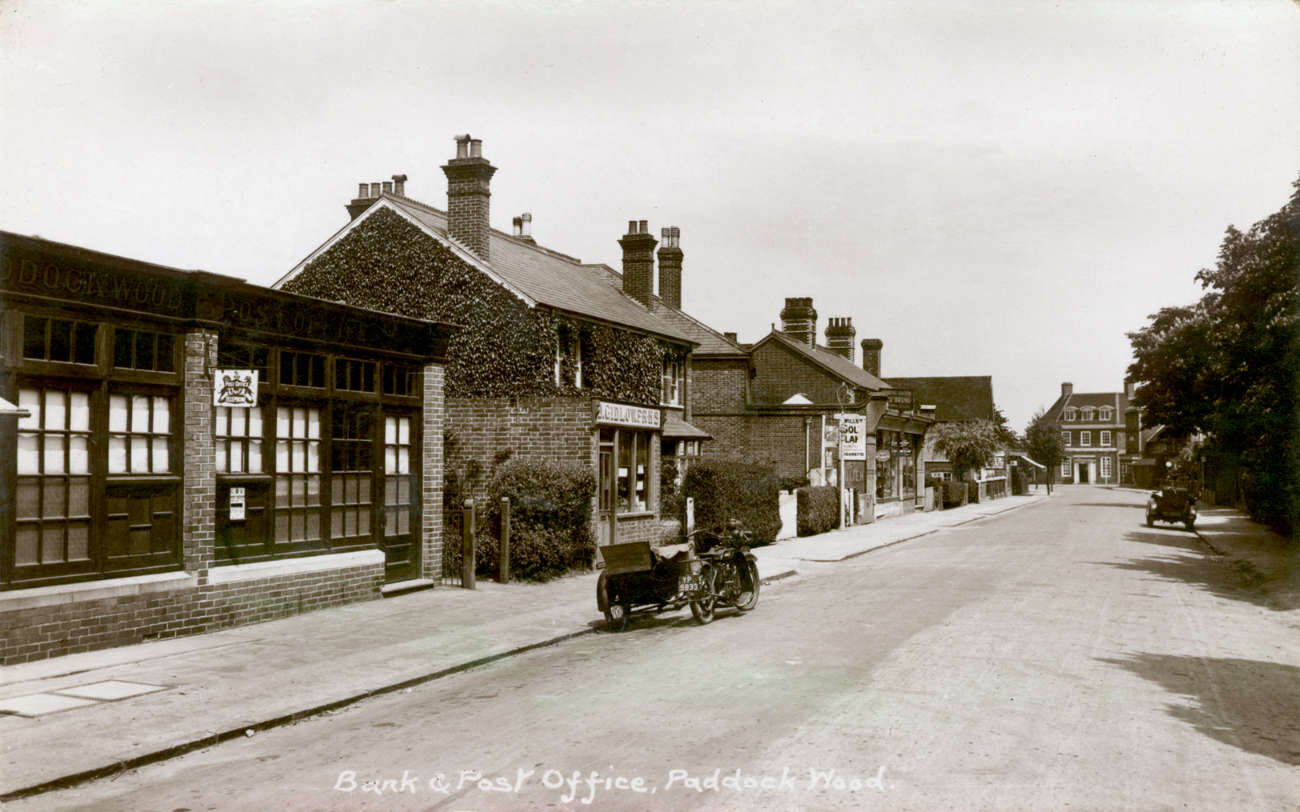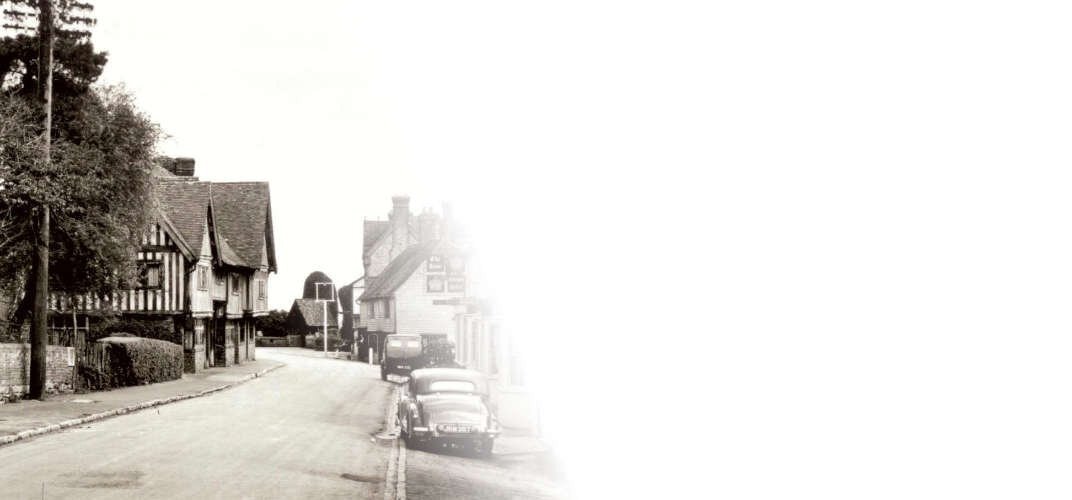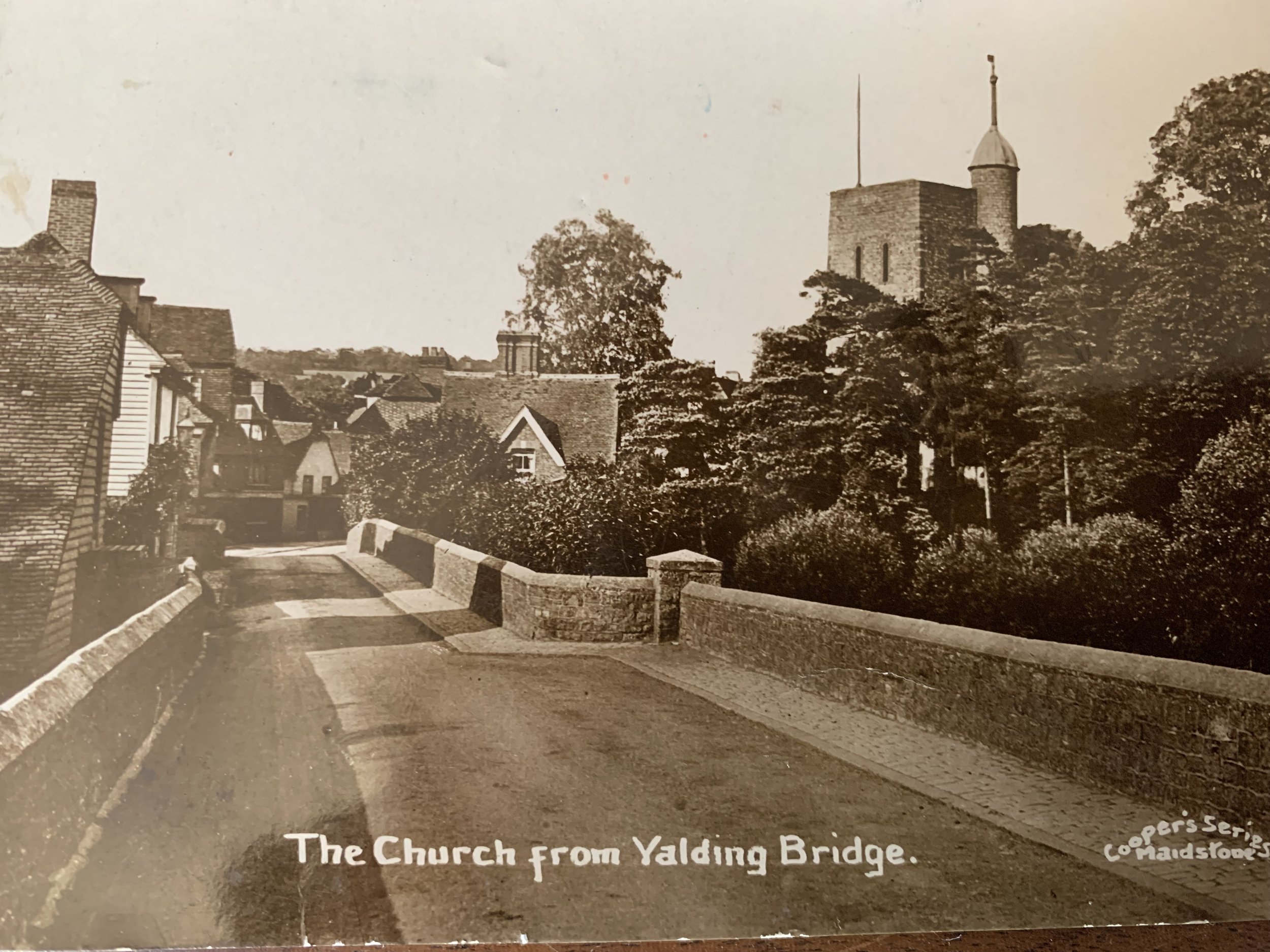
Heritage Paddock Wood in
the Weald and Vale of Kent
Promoting and preserving the area of Paddock Wood as a cultural, arts and heritage destination to enrich people’s lives and support the local economy.
Welcome to the Heritage Paddock Wood (HPW) Website.
The aim is to promote and preserve the heritage of the area and create a cultural arts and heritage destination to enrich peoples lives and support the local economy by promoting local business. The site will be populated at first from the archives already held. This will include material from surrounding areas with their own sections on the site.
At present (May 2024) information from surrounding areas is not complete as work has focussed initially on Paddock Wood.
The site will be continuously developed into a resource for all those interested in the history of Paddock Wood and its surrounding areas . More information from nearby parishes will be added. Your feedback will be very welcome and if you have material you would like to include please make contact.
HPW is based in the Wesley Centre in Commercial Road. The Wesley Centre was built in 1888 and is the last remaining Victorian building for public use in the town.
Heritage Paddock Wood preserves and protects historical documents, pictures and artefacts using digital technology and receives advice from staff of the Amelia Tunbridge Wells.
It will provide a local resource base and range of activities to encourage the physical and mental health and wellbeing of all ages.
Our Archives
Paddock Wood
Paddock Wood is now a small town, having a population at the 2021 census of 8,159. Hop growing started in the area in the 1500’s, but it was in 1836 that an Act of Parliament granted permission for a railway line to be built from Redhill to Dover. By 1841 the population was about 121. The station opened as “Maidstone Halt” in 1842 and by 1900 it had become a local transport hub with three railway lines. By 1921 the population had grown to 1,924. A notable former resident is Captain John Brunt who was killed in action in Italy in 1944 and was awarded a V.C. Another was Sir Frederick Morgan who masterminded DDay and was born at Mascalls.
BRENCHLEY
After the Norman conquest in 1066 the land was given to Richard FitzGilbert, the cousin of William the Conqueror. The current All Saints Church was built in 1233 and the Old Vicarage dates from the 14th century. Brenchley was the first place where the famous hop variety “Fuggles” was commercially developed in 1875. At the 2021 census the population was 2,887.
Sophie Rhys-Jones, Duchess of Edinburgh, lived in the village when young and Charles Barsley the originator of the well known department store in Paddock Wood had his first business here at the Old Palace building
Capel & TudelEy
Capel is a small parish of about 2,352 inhabitants in 2021. There are two main areas. The first around the Church, Church Farm and Tanners Farm. The second around the Dovecot Inn on Alders Road. The Church of St.Thomas a Becket is now redundant, but contains some excellent 12th century wall paintings.
Tudeley is known best as the home of All Saints’ Church, the only church in the world whose windows are in stained glass designed by Marc Chagall. Since 1985, the Church has also hosted the Tudeley Festival of early music.
East Peckham
East Peckham is a Kent village on the River Medway with a population of around 3282 people (2021 census) incorporating nine hamlets. It was mentioned in the Domesday book and includes St Michael’s Church on the hill at Roydon which is now cared for by the Churches Conservation Trust. Historically the village was primarily agricultural, focussing on hops and fruit production; this is now supplemented by a number of business units on small industrial estates. A famous resident was Walter Arnold of the Arnold’s Automobile Company based in East Peckham who became famous in 1896 as the first person in the UK to be fined for speeding in a car.
Five Oak Green
The village was a centre for hop growing. In the 19th century the former “Rose & Crown” public house was converted to treat the many hop pickers who resided in the village and surrounding area in the late summer. It was renamed “The Little Hoppers’ Hospital
HORSMONDEN
The village has played a major part in the the weaving industry, the iron and gunfounding industry as well as the hops industry, in the past. It is also famous for its annual Gypsy Horse fair held on the second Sunday in September. The census of 2021, showed the village had a population of 2,400 people.
Matfield
The village is made up of a mixture of old and modern houses and has one of the largest village greens in Kent. Around the green can be seen several tile hung Kentish cottages, and an impressive Georgian mansion, built in 1728. St.Luke’s Church is a Grade II listed building and was built in 1874-1876. The First World War poet, Siegfried Sassoon was born in Matfield in 1886.
Pembury
Pembury is a parish on the north-eastern edge of the High Weald Area of Outstanding Natural Beauty. It is approximately 1420 hectares in size with a population of about 5784. It is bounded by Royal Tunbridge Wells to the west, Capel parish to the north, Matfield & Brenchley parish to the east and in the extreme south by the East Sussex district of Wealden.
yalding
Yalding, a village and civil parish in the Borough of Maidstone, marks what was one of the main shipping points on the River Medway. This was initially for cannon from the surrounding villages of the Wealden iron industry and one iron master was John Browne from Horsmonden. The wharf was later used to transport fruit and hops from the hop gardens and orchards in the surrounding area.
There are three bridges in Yalding, the Twyford Bridge (meaning twin ford, where there was originally a double crossing of the two rivers) is considered to be one of the finest medieval bridges in the south-east.
Upcoming events.
A calendar of events taking place in Paddock Wood and the surrounding area. A full list of events both past and present events can be found on our Events page.

SALES & SERVICES








